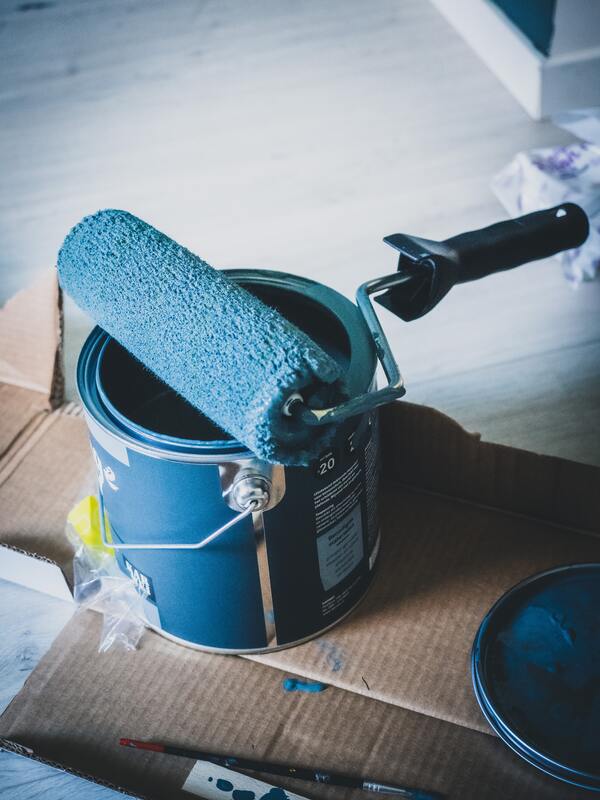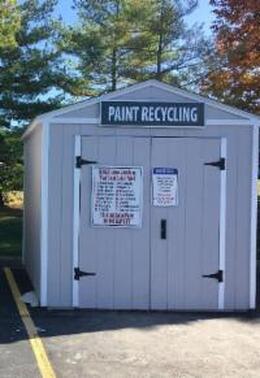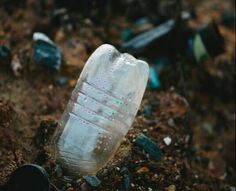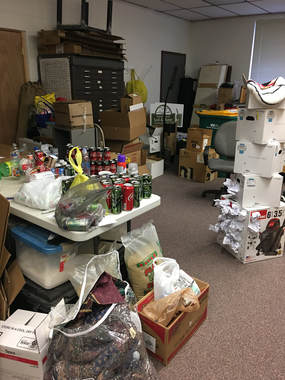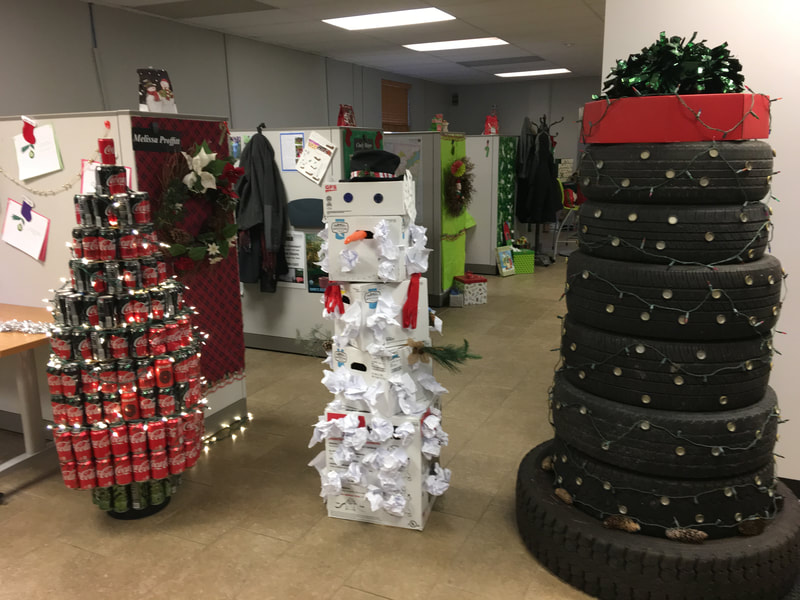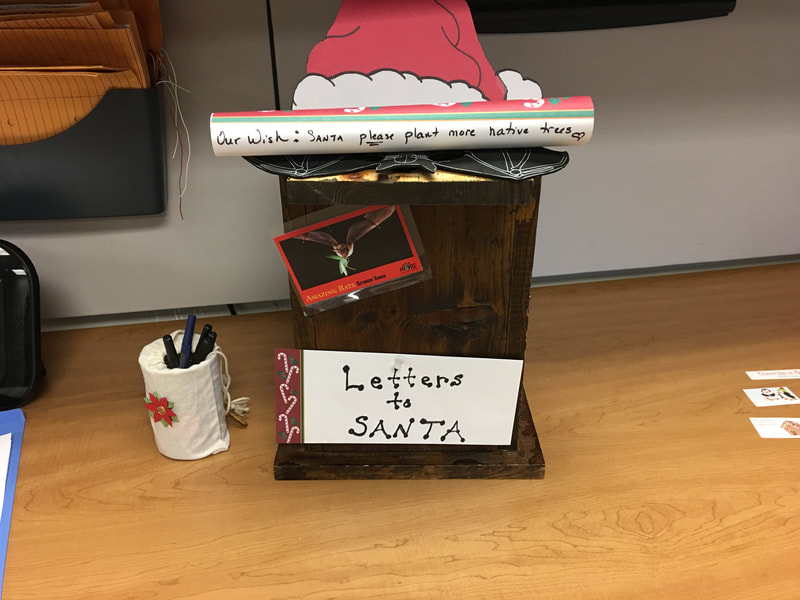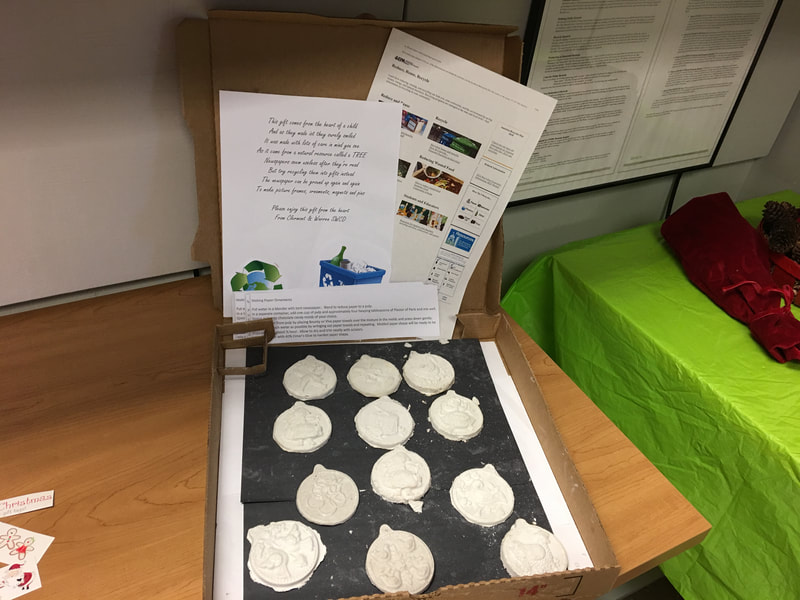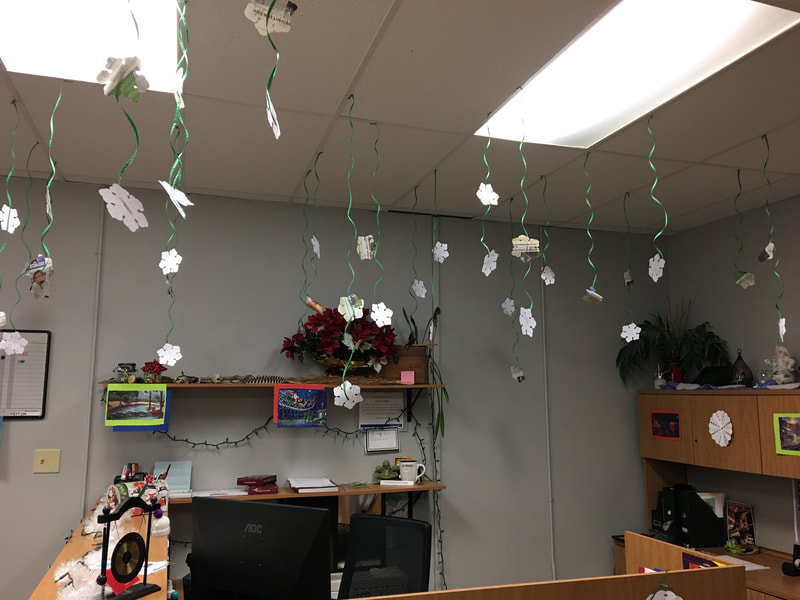|
When paint is not stored or disposed of properly, paint can become a hazardous waste! To avoid health and environmental hazards, using, storing and disposing of paint should be done correctly. Understanding Paint Components: According to University of Missouri Extension, most paint has four components: resin, solvent, pigment and additives. To determine the hazardous ingredients of paint, request a Material Safety Data Sheet from the retailer when you buy it. The resin is the main ingredient and forms a coating or film on the surface being painted. This typically non-hazardous component includes linseed, acrylic or other synthetic resins. The solvent keeps the paint in a liquid form until the solvent evaporates after the paint is applied. The solvent in oil-based paint is derived from a petroleum distillate and can include such hazardous ingredients as mineral spirits, toluene and xylene. The solvent in latex paint is water. Pigments provide the color and opacity or covering power. The major pigments used presently are titanium oxide, iron oxide, calcium sulfate, clay or silicates. These pigments are relatively nontoxic. Some highly colored pigments may contain heavy metals such as chromium, cadmium or arsenic. Paints purchased before 1977 may contain lead in the pigment. Lead, also a heavy metal, is poisonous. Do not use paint purchased prior to 1977. To determine if the painted surfaces in your home contain lead, contact your local health department or a lead paint removal contractor. Paint may also have additives. Some types of additives include stabilizers that prevent paint deterioration in the can, dryers that assist in the formation of the paint coating, thickeners that aid in application, and preservatives that inhibit the growth of molds. The additives can range in composition, including both hazardous and non-hazardous ingredients. Some latex paints contain a mercury-based fungicide preservative. Mercury is a heavy metal that is highly toxic. Paints containing mercury produced since August 1990 had to be labeled exclusively for exterior use. Proper Paint Storage:
For questions regarding Warren County Soil and Water Conservation District programs and/or technical assistance on water or soil questions, visit http://warrenswcd.com or call, 513-695-1337.
1 Comment
Photo by Markus Spiske on Unsplash A straw for your soft drink, a candy bar wrapper, a plastic bag to carry groceries: taken individually they seem undamaging but together they are overwhelming our natural systems. Since the 1950s, the production of plastics has outpaced other materials. Many of the plastics that are produced are meant to be thrown away after just one use. These include items such as grocery bags, food packaging, bottles, straws, containers, cups, cutlery, etc. According to the US EPA, in 2018 landfills received 27 million tons of plastic. Most plastics do not biodegrade. Instead they slowly break down into smaller fragments known as microplastics. Plastic waste causes a plethora of problems when it leaks into the environment. Plastic bags can block waterways and exacerbate natural disasters. By clogging sewers and providing breeding grounds for mosquitoes and pests, plastic bags can increase the transmission of vector-borne diseases like malaria. High concentrations of plastic materials, particularly plastic bags, have been found blocking the airways and stomachs of hundreds of species. Plastic bags are often ingested by turtles and dolphins who mistake them for food. There is evidence that the toxic chemicals added during the manufacturing of plastic transfer to animal tissue, eventually entering the human food chain. Making small changes to reduce plastic in our everyday lives can help the plastic situation. Here are some ways that you can help reduce your consumption of plastics in your household:
When you cannot eliminate plastic completely, make sure to recycle plastic when you are finished with it. Many options exist for recycling materials either through your municipality or other organizations. From terracycling wrappers to recycling specialty plastics, make sure to contact your local solid waste district to find out local recycling options. For Warren County residents, you can contact Warren County Solid Waste District at 513.695.1209, or visit https://www.co.warren.oh.us/solidwaste/
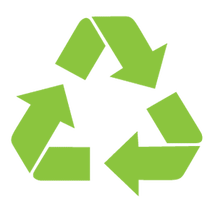 It's imperative that we recycle to reduce our wastefulness, but it is as equally important that we are recycling the correct items and in the proper way. A large percentage of people who frequently recycle throw mostly anything in the bin without giving it a second thought as to if it is truly recyclable or not. It may seem like a good idea to throw in those items that you are unsure of “just in case”. However, there is a secret that the recycling plants don't tell you. Only a small percent of what we ship off to be recycled ends up there. Alarmingly there has been over an 80% rise in the number of rejected recycling. So why is this and where does rejected material go? The “where” is easy. If materials can’t be recycled, they go to the landfill. The “why” is a more nuanced question to answer. However, in attempts to provide an answer we must first look at the process of recycling. In simplistic terms, recycling works in the following way: items are placed in a bin for recycling, those items are collected and sent to a recycling plant to be sorted, and lastly those sorted materials are sent off to a processor to be repurposed. Many things can go wrong in each step to throw off the recycling process. Typically, the mistakes happen in the first step, with us. We tend to throw away things that can’t be recycled or are “contaminated”. If there is an influx of materials that are not recyclable, recycling plants tend to send those shipments to the landfill even if there are recyclables in the mix. Additionally, if recyclables are contained within a plastic bag, the sorters will not open the bag to go through it. They will simply discard it. The best thing one can do is keep their recyclables loose in a bin. Another problem is the contamination of recyclables. This includes items that can’t be recycled, items that contain food residue, or broken glass. Once a recyclable has been contaminated, its overall quality is diminished. Why is the monetary value of recyclables important? The reason is because the recycling plant is not what is transforming the “trash” into products. This is the processor. If the processor sees little to no monetary value in the trash, then they won't buy it. China was the largest buyer of recyclables from the United States. Recently, China has put a ban on the export of recyclables into the country from the US, UK, and Australia. One of the main reasons for this decision is because too many of the recyclables had been contaminated and therefore decreased the return on investment for China. China requires a low contamination rate of 0.5 percent, however US recyclables reach upwards of a 25 percent contamination rate! After China stopped accepting our recyclables, the US could not keep up with the influx of recyclables and were unable to sell them. Faced with a product that isn’t selling, the recyclables are being trashed as many cities and municipalities are simply no longer recycling! So how can we prevent recyclables from ending up in the landfill??? Here are 7 recycling tips:
-Written by WCSWCD Intern, Josie Mitchell For more information about recycling around Warren County, visit: www.co.warren.oh.us/SolidWaste/ For a list of approved recyclables from Rumpke, visit: https://www.rumpke.com/for-your-home/recycling/acceptable-items Rumpke has also made a list of tips for consumers so that we can all work together to control our waste and reuse unwanted items:
"...a man who knows that the world is not given by his fathers, but borrowed from his children..." - Wendell Berry, environmental activist and author, 1971 ...and we must leave it for our children in (hopefully) a better state than it was when we borrowed it. Yet in a sense, maybe the world is somewhat "given by our fathers", like a gift we are preparing to leave the next generation. And as the blustery winds of winter start to arrive, the holiday season presents a perfect opportunity to act on that sentiment. Many of us our busy decorating and prepping for the various celebrations that occur this time of year. The holiday season fosters much reflection and connection to those around us, and is a wonderful opportunity to share moments and memories. While we ready our homes for this special time of year, WCSWCD wishes to encourage folks to keep our natural world in mind and take steps to reduce waste and negative environmental impacts. There are many eco-friendly ideas for gearing up for the holidays! Here in our office, we are turning the below items into festive decor and ornaments! Here are some ideas and resources that we are using, and we want to share them for others to try as well!
3-D Snowflake or Star: https://www.wikihow.com/Make-a-3D-Paper-Snowflake https://www.greenmoxie.com/31-diy-christmas-trees-made-from-recycled-materials/ Recycled Single-Serve Coffee Maker Cup Christmas Bell Ornament http://www.glimmercreations.com/2014/11/recycled-single-serve-coffee-maker-cup.html Recycled Paper/Book Pages Decorations and Ornaments http://lorajeansmagazine.blogspot.com/2008/04/paper-bag-flower-from-scratch.html https://www.sassabyparties.com/blog/21-diy-paper-christmas-ornaments-decorations Recycled Jar Lids for Holiday Ornaments https://www.debbie-debbiedoos.com/recycled-jar-lids-christmas-ornaments/ Tin Can Pull-top Ornament https://www.thriftyfun.com/Tin-Can-Pull-top-Ornament.html Recycled DIY Holiday Crafts http://www.architectureartdesigns.com/30-cute-recycled-diy-christmas-crafts/ https://www.goingzerowaste.com/blog/2015/11/28/a-zero-waste-christmas |
Details
Warren County SWCD Staff BlogA blog to keep you informed on all the latest news at Warren County SWCD and in the conservation world. Archives
May 2024
Categories
All
|
|
|
Contact:PHONE: (513) 695 - 1337
EMAIL: [email protected] HOURS: Monday - Friday 7:30am - 4:00pm (except holidays) Connect:Warren County Soil & Water Conservation District Copyright © 2016
Warren SWCD Privacy Notice. Emails are serviced by Constant Contact. Constant Contact's Privacy Notice. |
